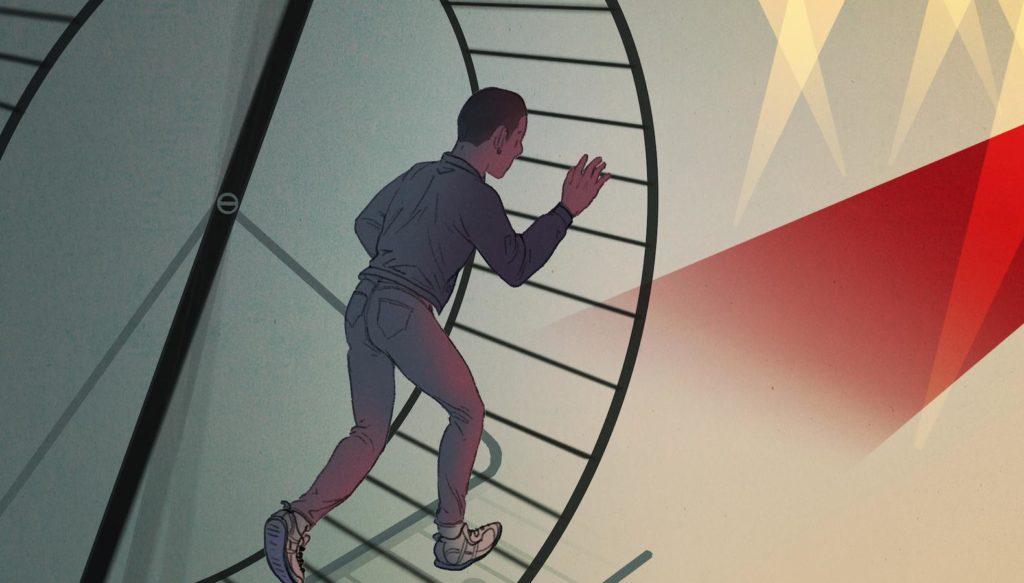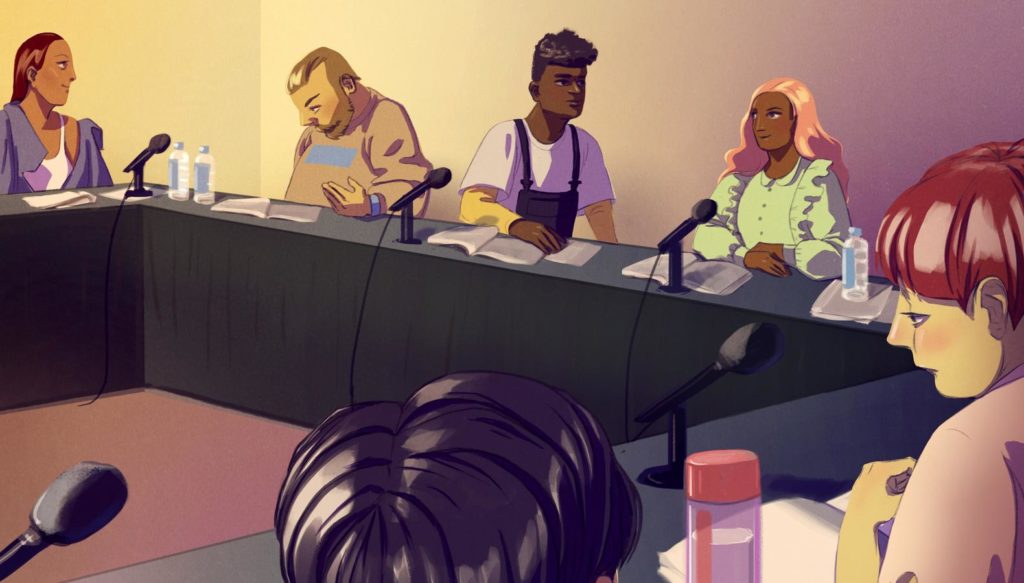By Marci Liroff

We’ve become a society of lists. We’ve had David Letterman’s Top 10 lists, to-do lists, and myriad year-end best-of lists. As an actor, some of the most coveted to appear on are “emerging talent” lists. You might ask: How do I land a spot on one of these much-sought-after rosters?
Of course, you know me: I’m always bucking the system. Should it really be your goal to get on these lists? I don’t think so. If that’s the case, you may be traveling down the wrong path. I’d rather see you expend your energy and talents on creating and maintaining a solid foundation in which to be a versatile performer. Chasing the red carpet life or striving for the A-list is an invitation to a hamster wheel you’ll never get off.
What I’ve seen in the last several years is that these lists are somewhat bogus in the way they characterize “new” and “upcoming” talent. As a longtime casting director, I’ve got to be plugged into who is new and hot on the scene. They may appear new to you, but my colleagues and I have been tracking (and hiring) these actors for years before they even get mentioned on such a list.
It’s important to ask yourself: Do I want to be famous, or do I want to be working with amazing filmmakers and turning out rich and authentic work?
Both paths take a lot of effort and tenacity. Don’t be fooled into thinking that you will get plucked out of obscurity and be an overnight success. I would wager that most, if not all, of the actors on these lists have been banging the drum for several years before you ever hear about them.
These performers have been taking classes for years, working on short films for free, appearing in Off-Off-Off-Broadway plays, doing one-line day player gigs, working several jobs to pay the rent, creating their own content, and networking to build relationships within the industry. There have been sleepless nights spent wondering how they’ll pay their bills and take care of their family, and missed holidays and birthdays because they’re on location doing a bit part in what could be their “big break.” Lots of sacrifices happen that go unnoticed by the general public. It all looks so easy and simple when you finally become aware of someone for their amazing work on screen or stage, but the work that went into it is never mentioned.
These lists are designed to make it look like a discovery story, but if you look closely, you’ll see that path is not paved with 100% success stories. The odds are stacked against you in your pursuit of movie star dreams.
My hope is that you’ll take this time to reflect on why you’ve chosen this career in the first place. That simple act can help you manage your expectations and goals.
I like to ask the kids I audition why they want to be an actor. If they say, “Because I have to,” I know they’re on the right path.
Make sure to check out my online course “How To Audition For Film and Television: Audition Bootcamp”. You can view it on your laptop or your mobile device and your subscription gives you lifetime viewing privileges for this course. I’ll be adding lectures throughout the year.
Warning: I grant permission to share my blog as written with no additions or deletions. Posting my blog is in no way an endorsement of another site unless you obtain my written consent.





Recent Comments